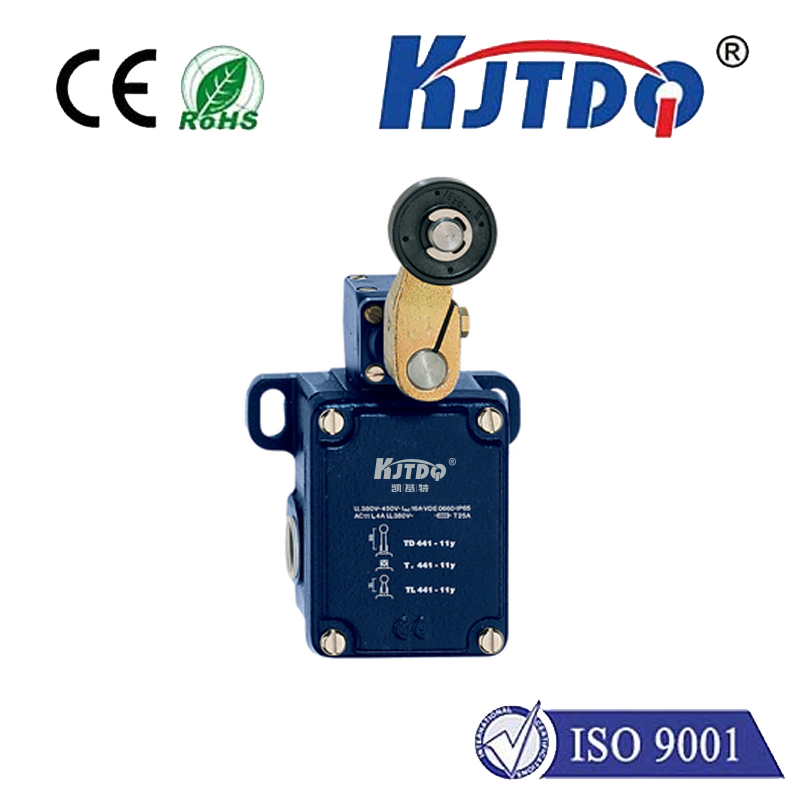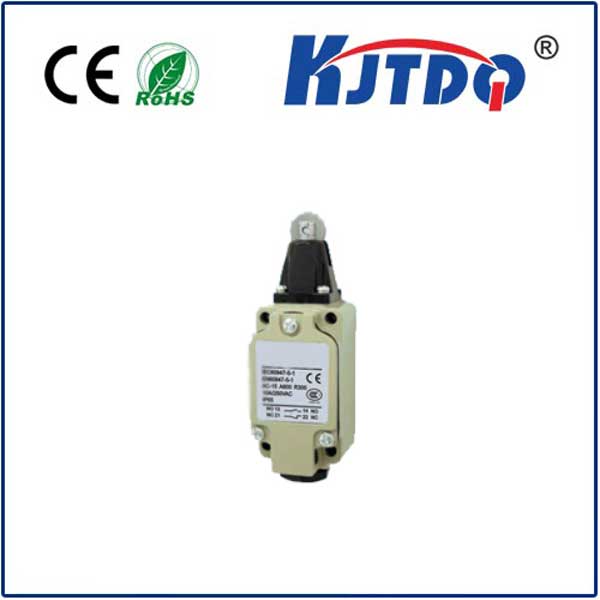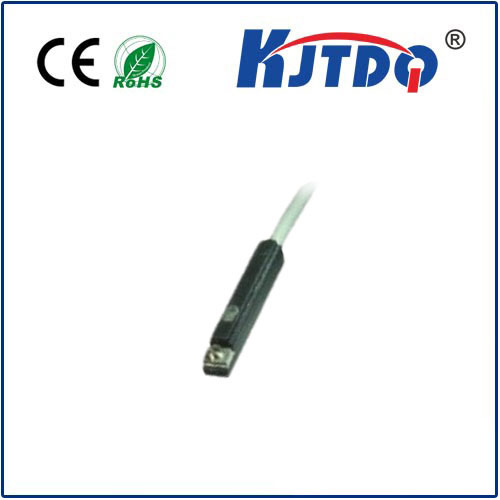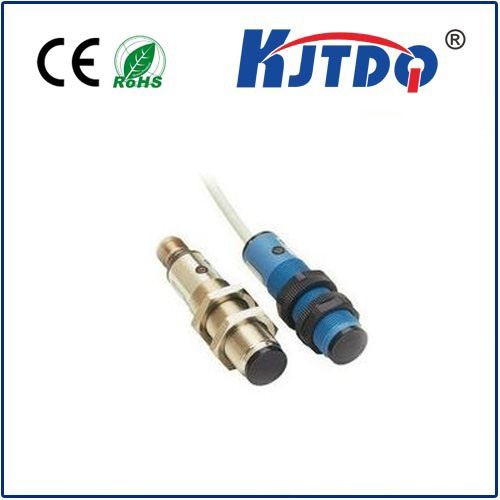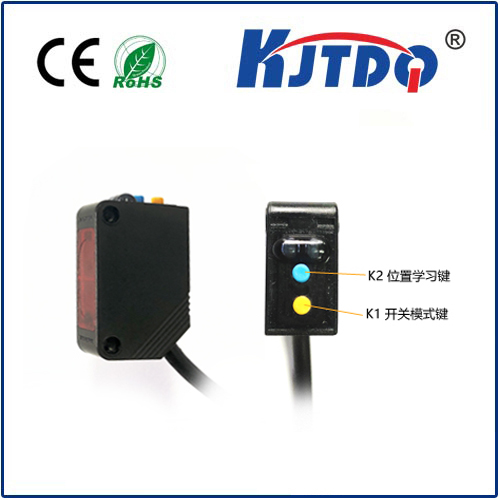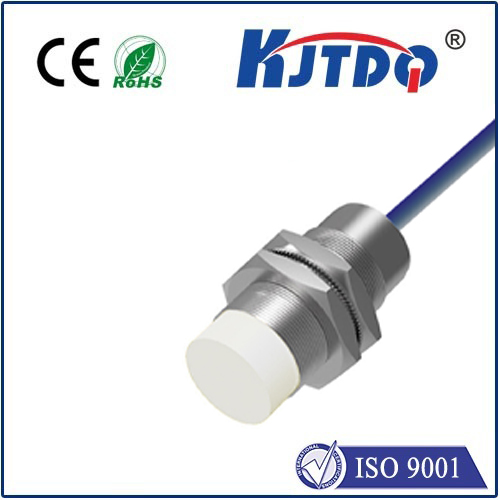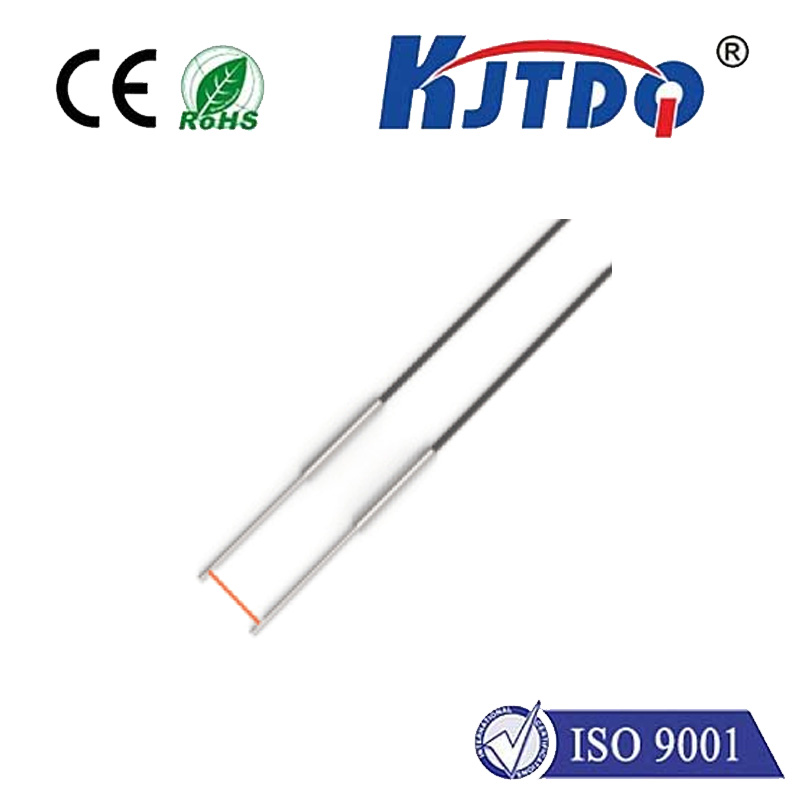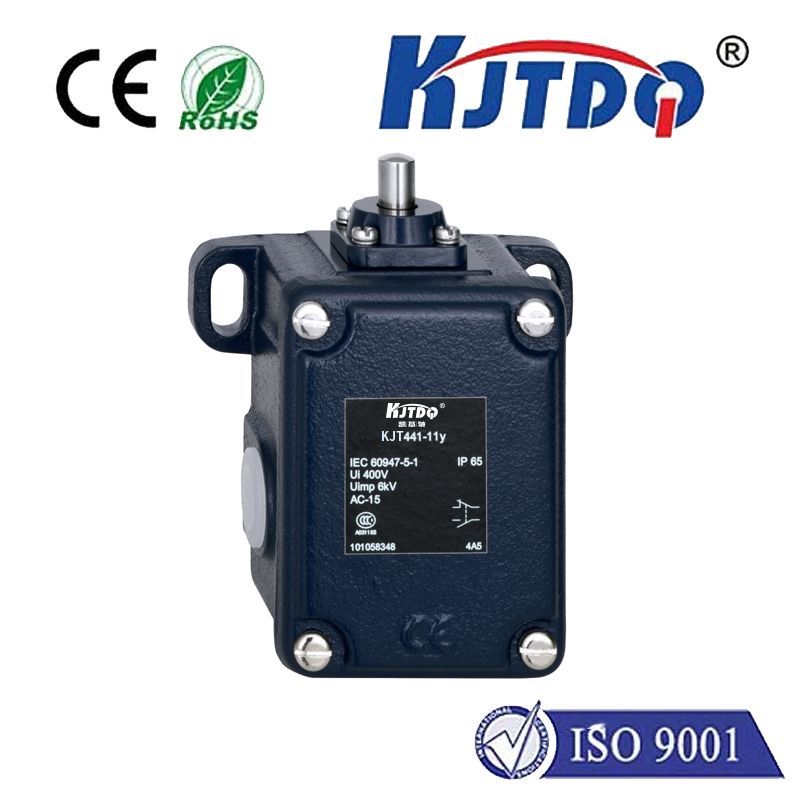photoelectric sensor with selenoid
- time:2025-09-10 19:40:11
- Нажмите:0
The Silent Symphony: How Photoelectric Sensors & Solenoids Power Precision Automation
Imagine a high-speed bottle filling line. Bottles whizzing by, perfectly positioned every single time. A glue-dispensing robot applying adhesive with millimetric accuracy. A security gate releasing only when an authorized badge is presented. Behind the seamless operation of countless modern machines lies a powerful, yet often understated duo: the Фотоэлектрический датчик working in perfect harmony with a solenoid valve. This pairing forms a critical backbone for detection and immediate action in automated systems.
Understanding the Key Players
- The Watchful Eye: Photoelectric Sensors
Photoelectric sensors are the non-contact sentinels of the industrial world. They operate on the principle of light transmission and reception. Simply put:
- An emitter sends out a beam of light (visible red, infrared, or laser).
- А.receiver detects this light beam.
- The sensor’s output state changes based on whether the receiver “sees” the light beam or not.
Crucially, there are different operational modes optimized for various tasks:
- Through-Beam (Opposed Mode): Emitter and receiver face each other. An object is detected when it breaks the beam. Offers the longest sensing ranges and highest reliability.
- Retroreflective: Emitter and receiver are housed together. A reflector bounces the beam back. An object is detected when it interrupts the reflected beam. Simpler installation than through-beam.
- Diffuse (Proximity Mode): Emitter and receiver are housed together. The sensor detects light reflected directly off the target object. Most compact and easiest to install, but sensing range and performance depend heavily on the object’s color and surface.
These sensors excel at detecting presence, absence, position, contrast, color, and distance of objects without physical touch.
- The Swift Muscle: Solenoid Valves
A solenoid valve is an electromechanical device that converts electrical energy into linear mechanical motion. Its core components are:
- Solenoid Coil: An electromagnetic coil.
- Plunger (Armature): A ferromagnetic core within the coil.
- Valve Body: Contains the orifice(s) controlling fluid (air, water, oil) or gas flow.
- Spring: Returns the plunger to its default position when power is cut.
How it Works:

- Energized: When electrical current flows through the coil, it generates a magnetic field. This field pulls the plunger upwards (or sideways, depending on design) against the spring force. This movement opens or closes ports within the valve body, controlling the flow path.
- De-energized: When power is removed, the magnetic field collapses. The spring pushes the plunger back to its original position, reverting the valve to its default state (usually closed).
Solenoid valves are essential for precise, rapid, and remote control of pneumatic or hydraulic actuators (cylinders), grippers, air jets, and other motion components. Their speed and reliability make them ideal for automation.
The Synergistic Power Couple
The true magic happens when these two components are integrated into a single control system. The process is elegantly straightforward, embodying the core principle of sense-decide-act:
- Detection:А.Фотоэлектрический датчик continuously monitors its designated area or path. The moment its light beam is interrupted (through-beam/retro) or reflected light surpasses a threshold (diffuse), it detects the presence or specific state of an object.
- Signal Output: Upon detection, the sensor instantly changes its output state. Typically, this means switching a solid-state output (like an NPN, PNP transistor) or relay contact from “off” to “on” (or vice-versa, depending on configuration).
- Triggering Action: The sensor’s output signal is connected directly, or often via a Programmable Logic Controller (PLC), to the coil terminals of the solenoid valve. When the sensor’s output activates, it sends voltage to the solenoid coil.
- Instantaneous Response: Energized by this electrical signal, the solenoid coil creates a magnetic field, pulling in the plunger. This mechanical movement switches the valve state – opening or closing ports to redirect air pressure or fluid flow.
- Physical Consequence: The change in valve state directs pressurized air or fluid to a downstream actuator – most commonly a pneumatic cylinder. The cylinder extends or retracts its rod immediately, performing the required action like pushing, pulling, clamping, ejecting, diverting, or stopping.
Why This Combination is Indispensable in Automation
The integration of photoelectric sensors with solenoid valves offers unmatched advantages for modern control systems:
- Non-Contact Sensing: Photoelectric sensors allow detection without physical interaction, eliminating wear and tear on both the sensor and the object. Ideal for delicate items.
- High Speed & Precision: Both sensors and solenoids operate in milliseconds. Detection and the resulting action happen almost instantaneously, enabling very high production speeds and precise timing.
- Reliability: Solid-state sensors and robust solenoid designs offer long service life and consistent performance in demanding industrial environments.
- Simplified Control Logic: The direct link (Sensor Output -> Solenoid Coil) provides a simple and highly effective mechanism for event-driven actions. PLC integration adds flexibility for more complex sequences.
- Многогранность: Applicable to a vast range of tasks – sorting different objects by size/shape/color, triggering glue guns or ink jets at the exact moment, confirming part presence before a machine cycle starts, detecting jams, controlling entry gates, managing packaging lines.
- Safety: Forms the basis for safety interlocks (e.g., a sensor confirms a guard is closed before allowing a solenoid to energize a dangerous process).
Real-World Applications: Seeing the Duo in Action
The photoelectric sensor with solenoid valve combination is ubiquitous:
- Packaging Lines: Detecting products on a conveyor and triggering a solenoid to actuate a pusher arm for case packing or diverting misaligned items.
- Assembly Automation: Sensing a component has arrived at a workstation, prompting a solenoid to clamp it in place via a pneumatic cylinder.
- Перевозка материалов: Confirming the presence of a box before activating a pneumatic arm to lift it. Sorting parcels by height using multiple sensors and solenoid-controlled diverter gates.
- Filling & Dispensing: Using a sensor to detect a container beneath a nozzle; its signal triggers a solenoid valve to open, releasing liquid or powder for a precise duration.
- Printing & Marking: Detecting the leading edge of a product on a conveyor, signaling a solenoid to activate an inkjet printer head for accurate labeling.
- Security Gates: A badge reader (often linked to a sensor output) validates credentials; if valid, it energizes a solenoid valve releasing air pressure to unlock a pneumatic gate mechanism.
- Machine Safety: A sensor monitoring a safety light curtain; if the beam is broken, it cuts power to solenoids controlling dangerous machine movements.
Designing for Success: Key Considerations
Implementing this pairing effectively requires attention to:
- Sensor Selection: Choose the right type (through-beam, retroreflective, diffuse) based on required sensing distance, object characteristics (size, color, material), and environmental factors (dust, light interference). Fiber optic sensors might be needed for tight spaces.
- Valve Selection: Match the valve to the fluid/gas, pressure range, flow rate required by the actuator, and the necessary switching time. Consider valve types (2-way, 3-way, 5⁄2-way) based on the actuator control needs.
- Electrical Compatibility: Ensure sensor output type (NPN sinking, PNP sourcing, relay) matches the solenoid coil voltage and

